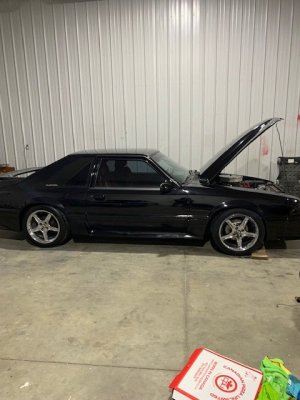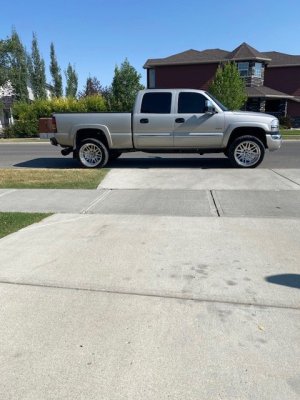- Staff
- #1
- Joined
- Oct 21, 2006
- Messages
- 48,070
- Reaction score
- 32,180
- Location
- Edmonton/Sherwood Park
- Website
- www.bumpertobumper.ca
May 25, 2023 by Adam Malik

Image credit: Depositphotos.com
Times, they are a’changing. What had been once considered a rite of passage is no longer as interest in getting a driver’s licence continues to dwindle.
In the 1980s, by the age of 18, more than four in five 18-year-olds had a driver’s licence. In 1997, 43 per cent had a licence by the age of 16. In 2020, one in four are licenced at the age of 16.
There are three main factors reshaping attitudes towards driving, according to Lang Marketing: Environmental concerns, social media and how vehicles are perceived.
For a majority of Gen Zers, those born in the late 1990s and mid-2010s, the environment is a concern. They believe the planet is under threat. So, they’re taking action to reduce threats brought on by climate change. One of those being avoiding vehicles with an internal combustion engine that pollutes the air.
In the past, getting your driver’s licence was seen as way to freedom. You get behind the wheel, pick up your friends and socialize. But that has changed thanks to social media.
They “believe that travelling to see friends is unnecessary because they can interact with them through social media from virtually any location,” Lang said in the report, Gen Z Teenagers Dump Driving.
Finally, with the rise of ride-sharing, the need to own a vehicle is lessened. In fact, Lang said, Uber and the like have made car ownership unnecessary.
“They perceive vehicles in a narrow, utilitarian sense, far different from earlier generations, especially Baby Boomers, who often saw cars as part of their self-identity,” the report said.
So how does this impact the aftermarket?
“The slower growth of licensed drivers and fewer miles travelled by the average driver have potentially serious consequences for aftermarket product use in the future,” Lang observed.
“Mobility as a Service (MaaS) is one possible outcome of the changing attitudes of young Americans, with a shift away from personally-owned vehicles toward hiring mobility as a service,” it further noted.
The exact depth of impact is not yet known, Lang acknowledged, adding that it could take years to see the full impact of today’s trends, and how their attitudes shift over time.
Driving doesn’t interest young people: Study

Image credit: Depositphotos.com
Times, they are a’changing. What had been once considered a rite of passage is no longer as interest in getting a driver’s licence continues to dwindle.
In the 1980s, by the age of 18, more than four in five 18-year-olds had a driver’s licence. In 1997, 43 per cent had a licence by the age of 16. In 2020, one in four are licenced at the age of 16.
There are three main factors reshaping attitudes towards driving, according to Lang Marketing: Environmental concerns, social media and how vehicles are perceived.
For a majority of Gen Zers, those born in the late 1990s and mid-2010s, the environment is a concern. They believe the planet is under threat. So, they’re taking action to reduce threats brought on by climate change. One of those being avoiding vehicles with an internal combustion engine that pollutes the air.
In the past, getting your driver’s licence was seen as way to freedom. You get behind the wheel, pick up your friends and socialize. But that has changed thanks to social media.
They “believe that travelling to see friends is unnecessary because they can interact with them through social media from virtually any location,” Lang said in the report, Gen Z Teenagers Dump Driving.
Finally, with the rise of ride-sharing, the need to own a vehicle is lessened. In fact, Lang said, Uber and the like have made car ownership unnecessary.
“They perceive vehicles in a narrow, utilitarian sense, far different from earlier generations, especially Baby Boomers, who often saw cars as part of their self-identity,” the report said.
So how does this impact the aftermarket?
“The slower growth of licensed drivers and fewer miles travelled by the average driver have potentially serious consequences for aftermarket product use in the future,” Lang observed.
“Mobility as a Service (MaaS) is one possible outcome of the changing attitudes of young Americans, with a shift away from personally-owned vehicles toward hiring mobility as a service,” it further noted.
The exact depth of impact is not yet known, Lang acknowledged, adding that it could take years to see the full impact of today’s trends, and how their attitudes shift over time.





